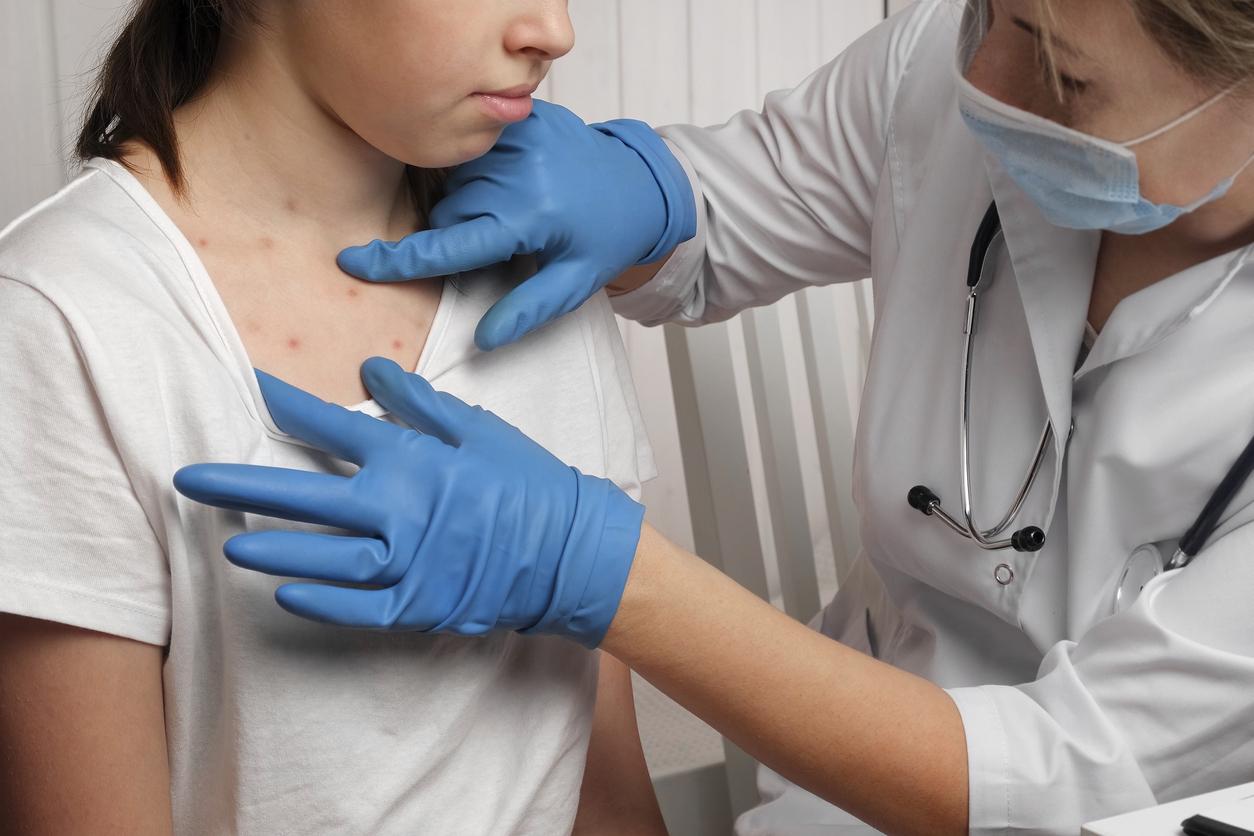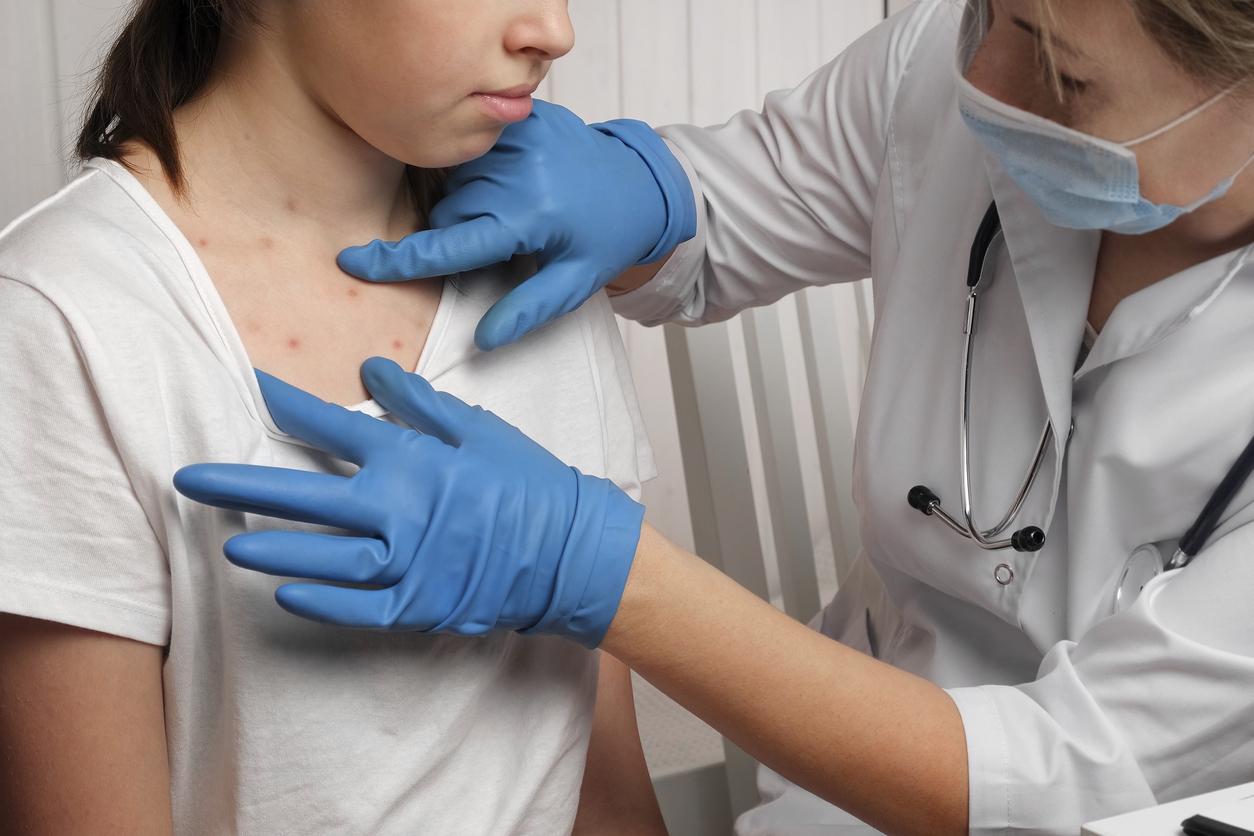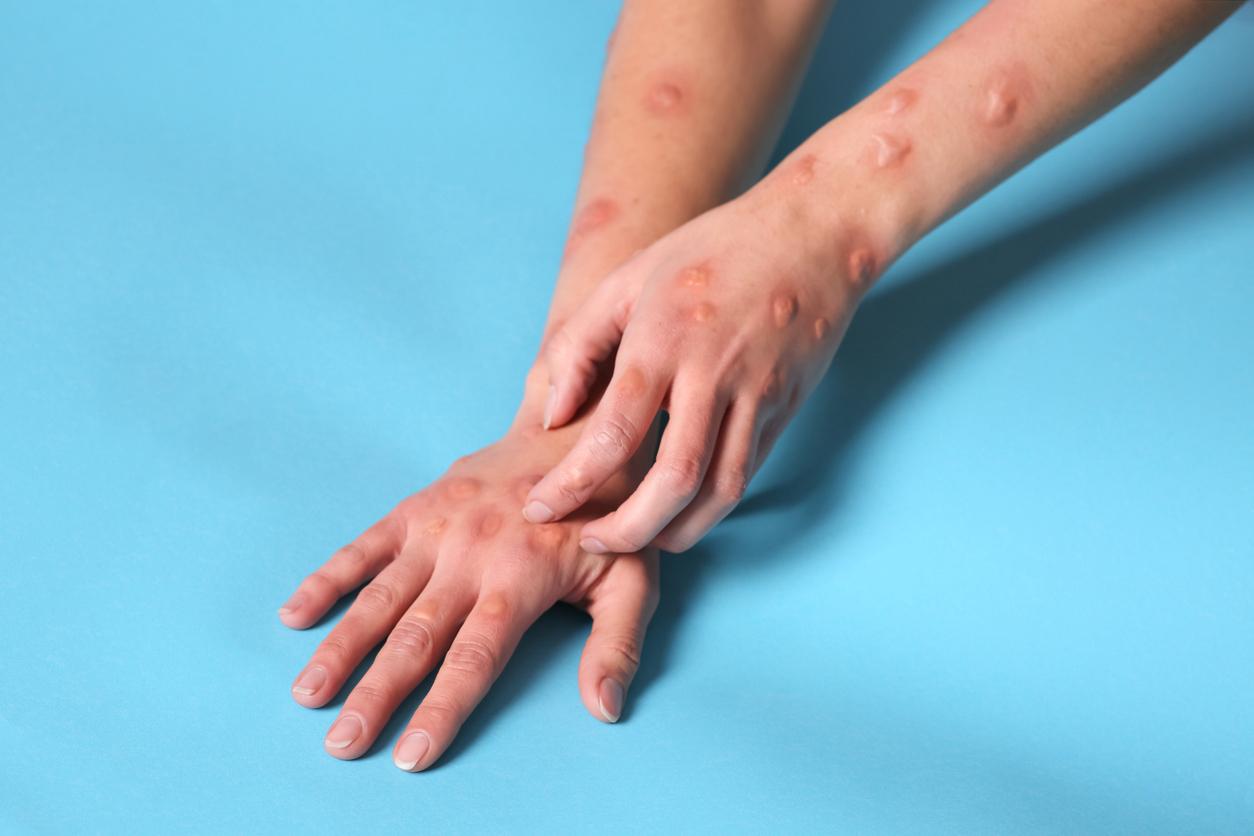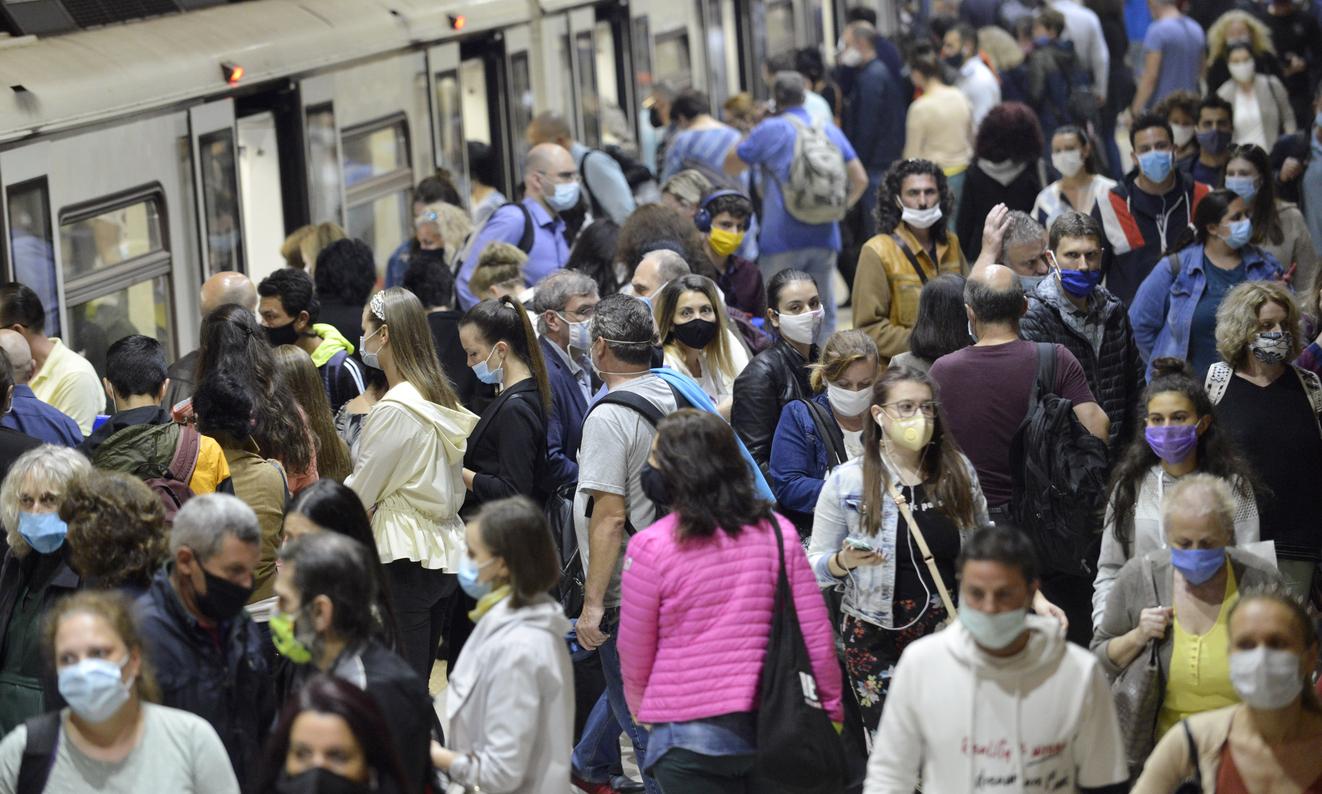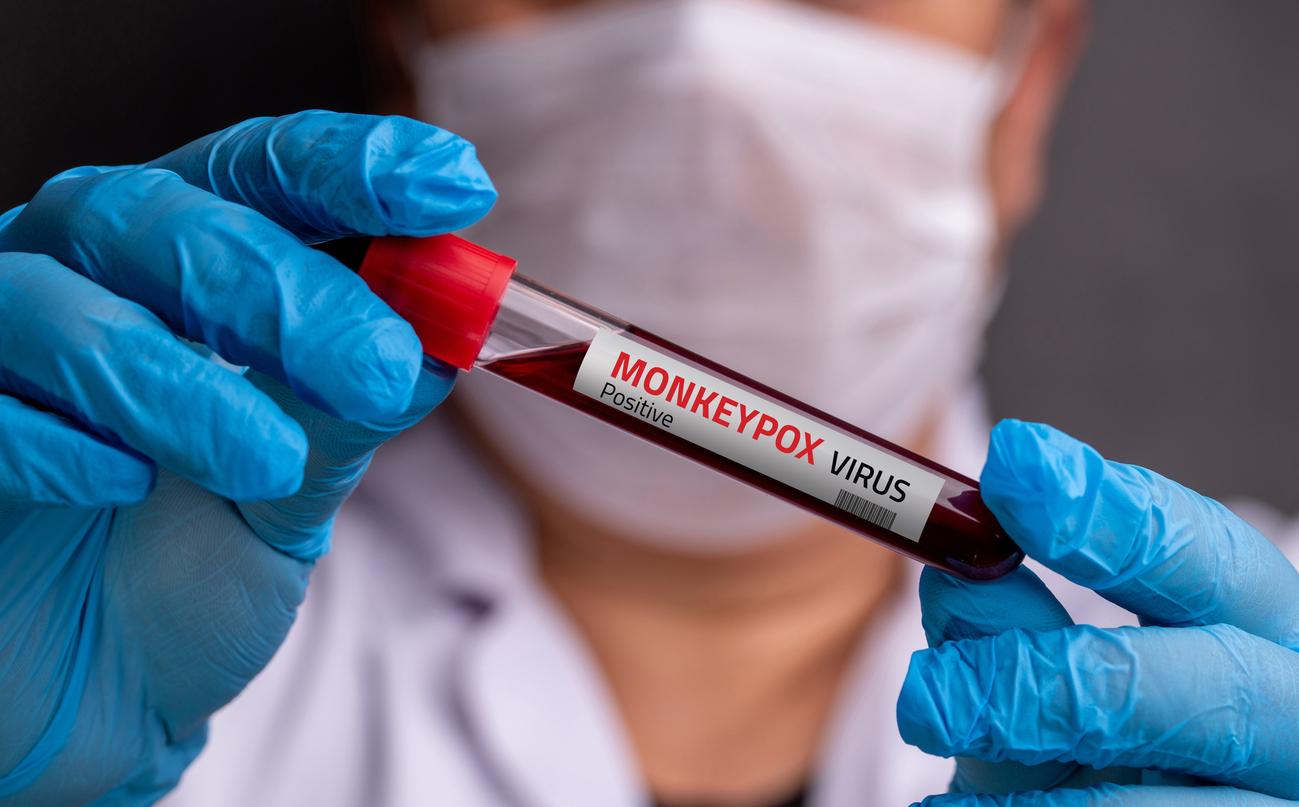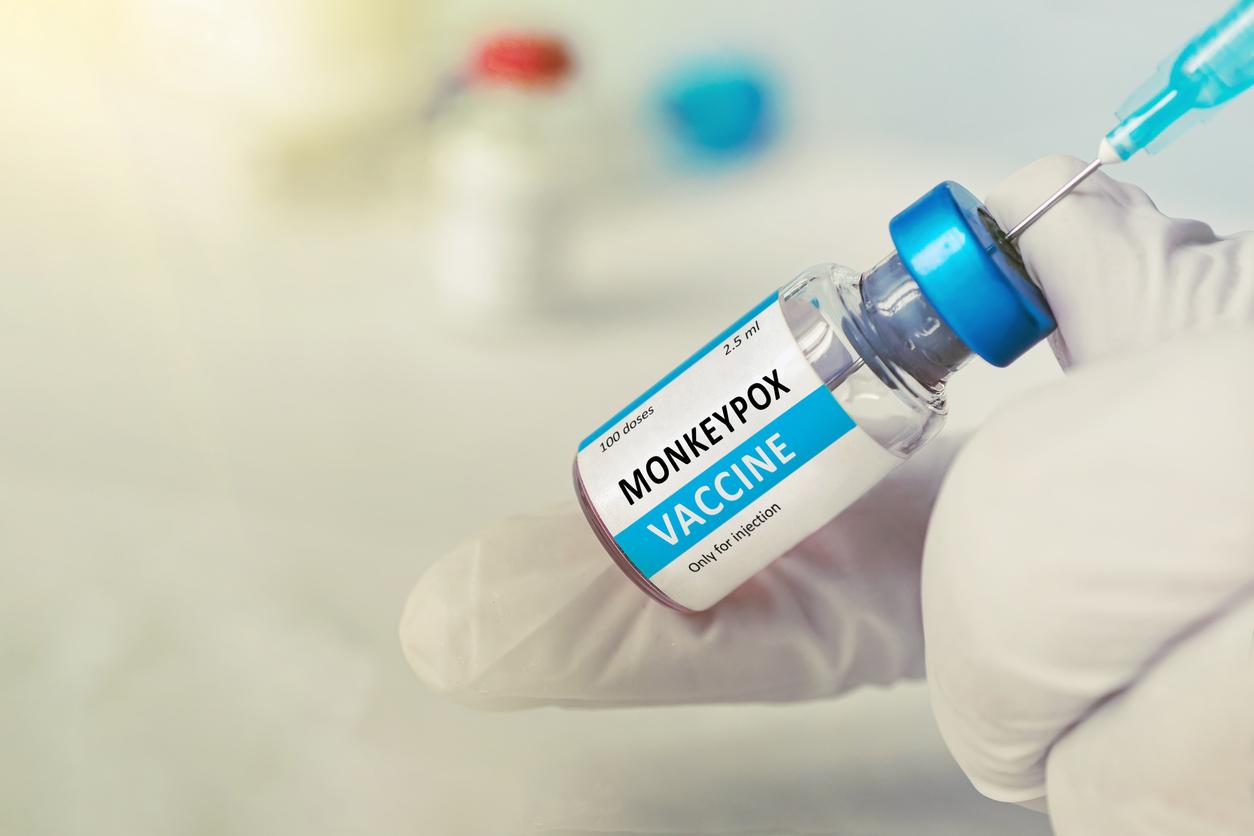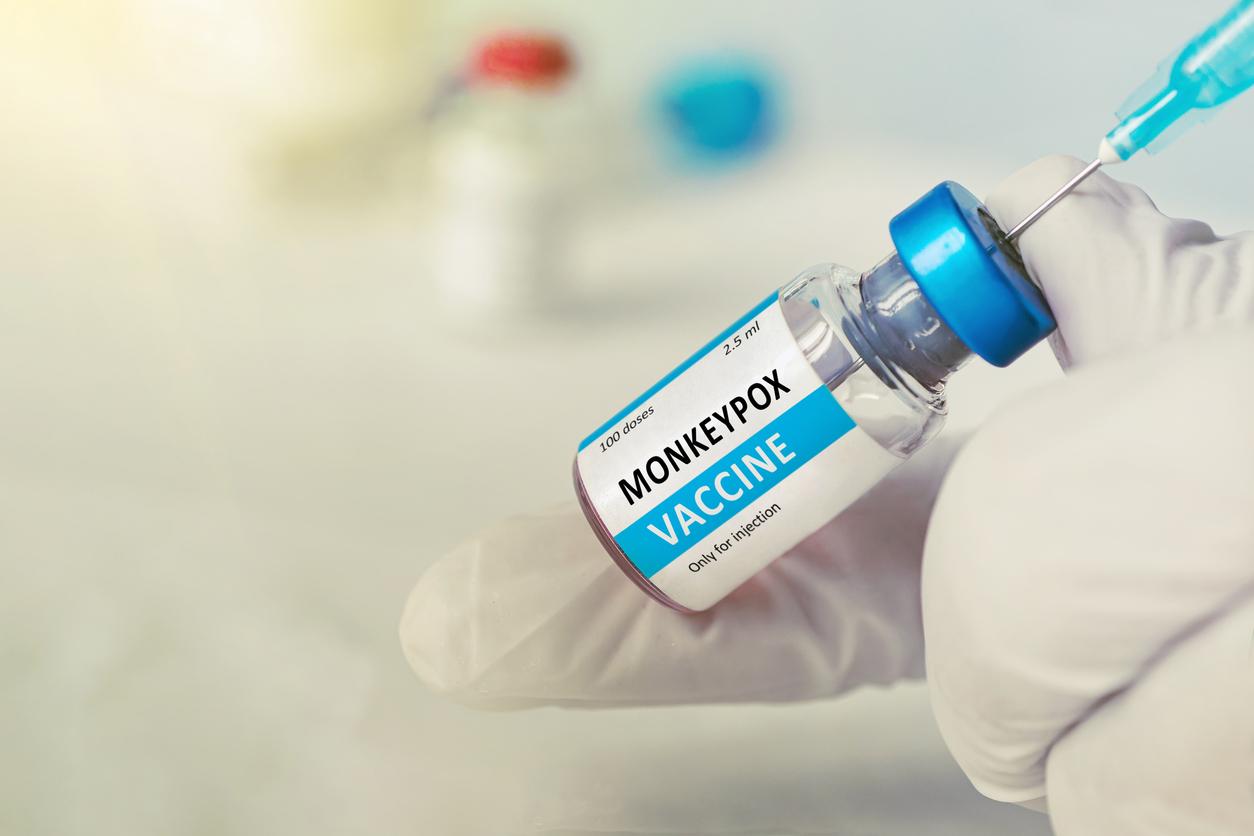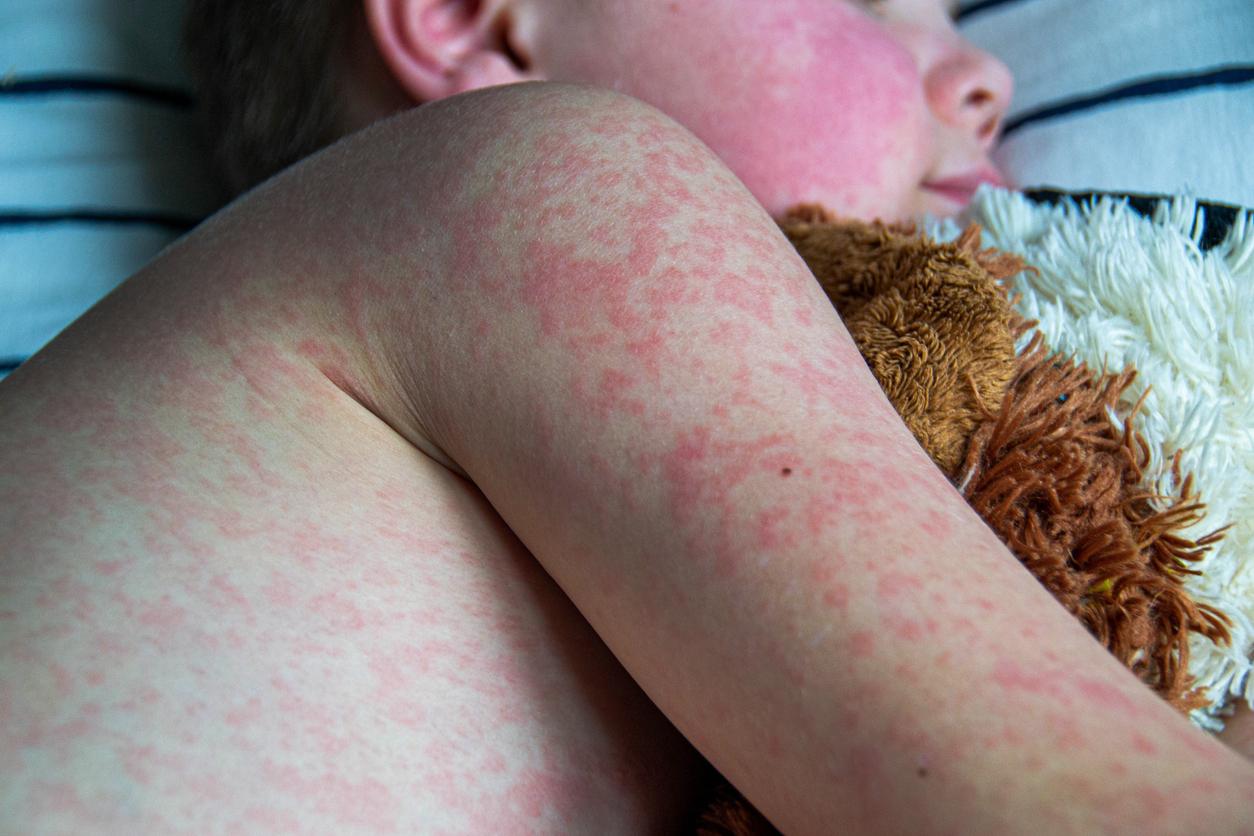The World Health Organization (WHO) has authorized the deployment of the first test to diagnose mpox.
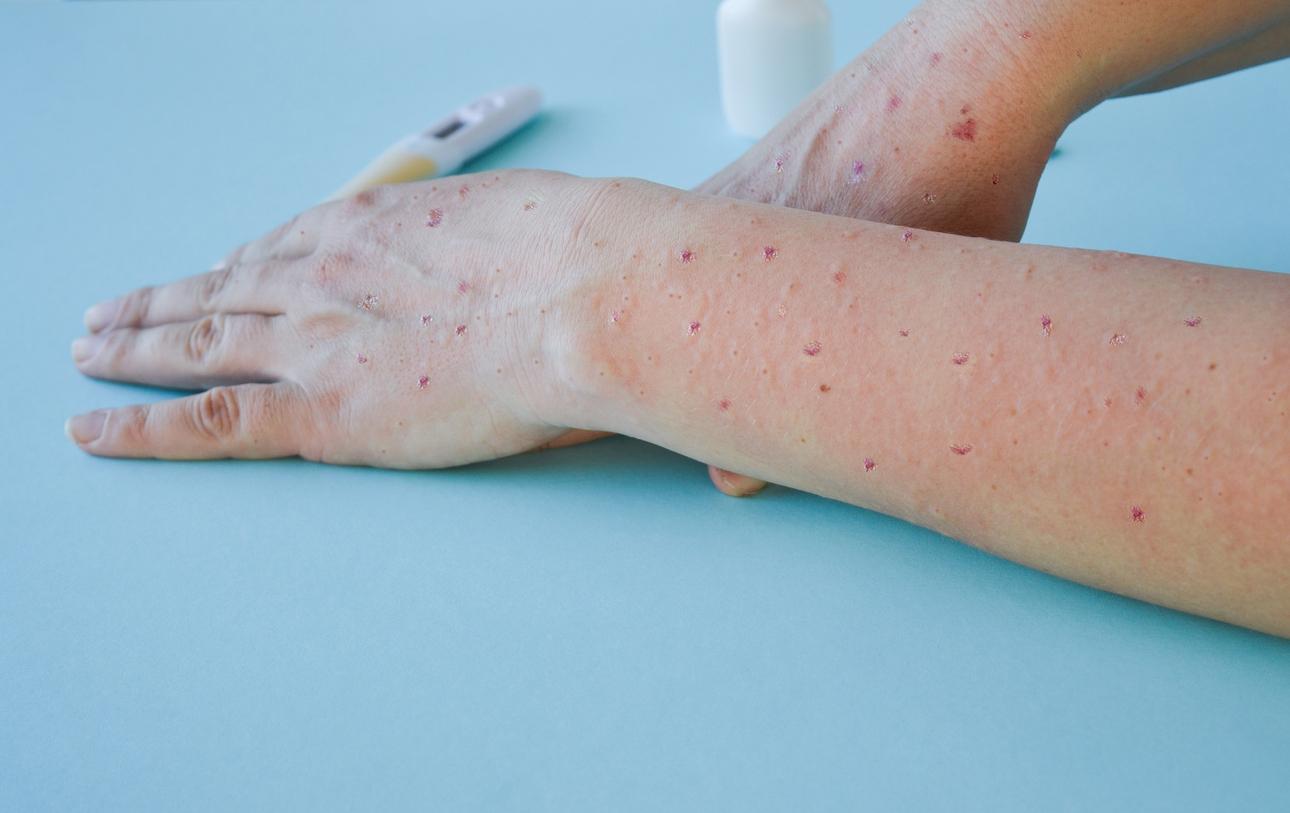
- More than 30,000 cases of mpox virus contamination and more than 800 deaths have been reported in Africa in 2024.
- To try to stop contamination, the WHO has just given the green light to the first test capable of detecting the mpox virus.
- This test makes it possible to identify the DNA of the virus whether it is clade 1 or clade 2.
The mpox virus circulates strongly in central Africa. According to the latest report from the Africa CDC health agency published on October 3, 2024, 866 people were killed by this disease previously called monkeypox. To try to stem the epidemic, the World Health Organization (WHO) has approved the first in vitro diagnosis for this virus.
Mpox: the test detects both forms of the virus
In a press release published on October 4, the WHO explains: “Early diagnosis of mpox allows for rapid treatment and care, as well as control of the virus.” “In Africa, testing capacities are limited and delays in confirming cases of mpox persist, contributing to the continued spread of the virus”recalls the agency.
The objective of the new PCR test called Alinity mMPXV is to accelerate diagnostics. It makes it possible to detect the DNA of the virus, both that of clade 1 (variant currently prevalent in Africa) and clade 2. Samples are taken from the skin lesions of patients using a swab.
The new mpox test has been added to the WHO emergency use list. This system ensures the health authorities of the affected countries of its effectiveness, but also encourages its dissemination.

Mpox: improving diagnosis to stop the virus
“This first mpox diagnostic test listed under the emergency use procedure represents an important step in expanding the availability of tests in affected countries”specifies Yukiko Nakatani, WHO Assistant Director-General for Access to Medicines and Health Products. She then adds: “Improving access to quality medical products is at the heart of our efforts to help countries contain the spread of the virus and protect their populations, particularly in underserved regions”.
According to health authorities, more than 30,000 cases of mpox virus contamination have been reported in Africa in 2024. The most affected countries are the Democratic Republic of Congo, Burundi and Nigeria. The epidemic is fueled by the appearance of the new variant (clade 1b).









